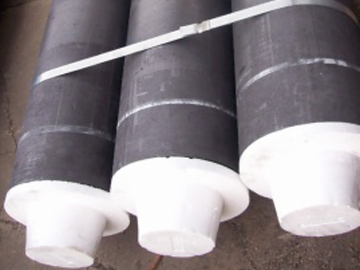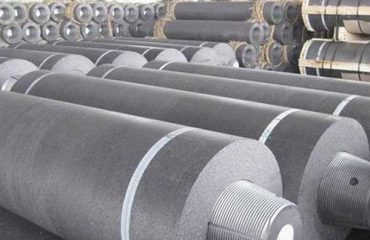
The electrode materials we use generally have many physical and chemical properties.
For example, the conductivity should be good, the resistivity should be small to increase the power of the molten pool; then the melting point should be high; and the thermal expansion coefficient should be small, when the temperature changes suddenly, it is not easy to deform, and no small cracks can be generated due to internal stress caused by temperature changes. Increase the resistance; then, there must be sufficient mechanical strength at high temperatures; finally, the impurities must be low, and the impurities do not pollute the smelted varieties, and so on.
Carbon electrodes can be divided into three types: carbon electrodes, graphite electrodes and self-baking electrodes according to their uses and manufacturing processes.
The carbon electrode is made of low-ash anthracite, metallurgical coke, pitch coke and petroleum coke as raw materials, and is composed of a certain proportion and particle size. When mixing, add binder pitch and tar, stir evenly at an appropriate temperature, and press it into shape , And finally made by slow roasting in the roasting furnace. It can be divided into four categories: natural graphite electrodes, artificial graphite electrodes, carbon electrodes and special carbon electrodes.
Graphite electrodes are made of petroleum coke and pitch coke as raw materials to make carbon electrodes, which are divided into ordinary power graphite electrodes, which are mainly used in ordinary power electric furnaces for steelmaking, silicon smelting, and yellow phosphorus smelting; high-power graphite electrodes are mainly used High-power electric arc furnace for steelmaking; ultra-high-power graphite electrode, mainly used for ultra-high power steel-making electric arc furnace.
Self-baking electrode can be used continuously, and it can be formed into a large diameter while being connected to the long side while being used. It is made of anthracite, coke, pitch and tar as raw materials and made into electrode paste at a certain temperature. The electrode paste is put into the electrode shell installed on the electric furnace. During the production process of the electric furnace, it relies on the Joule heat generated when the electric current passes and the conduction heat in the furnace, self-sintering and coking. The self-baking electrode is not only simple in process, but also low in cost that used in ferroalloy production.

